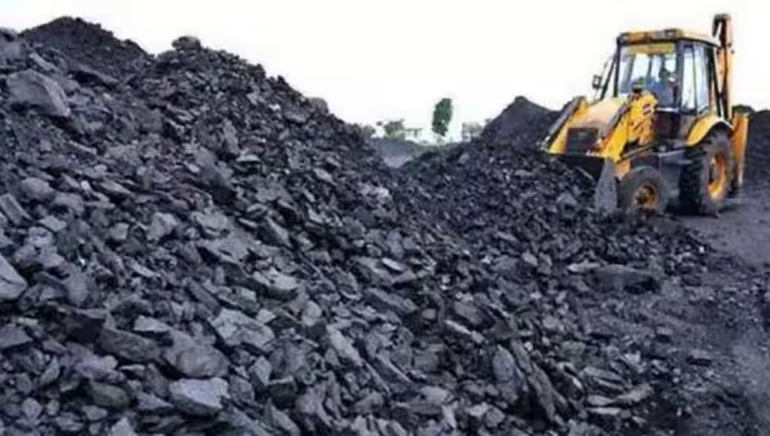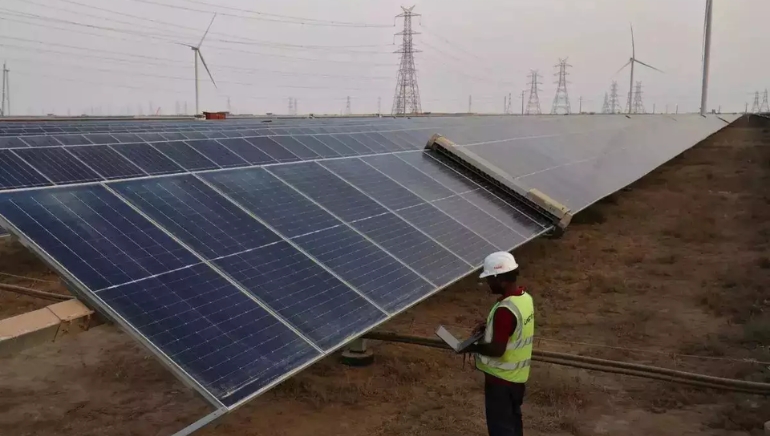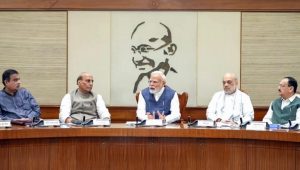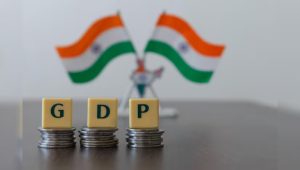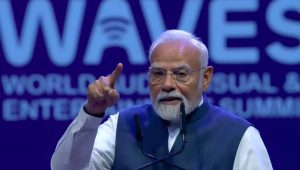India’s coal production surged by 5.33% in December 2024, reaching 97.94 million tonnes (MT), as reported by the Ministry of Coal. This growth highlights the government’s ongoing efforts to meet the country’s rising energy demands and strengthen coal supply chains.
Key contributors to this increase include Coal India Limited (CIL), which produced a significant share of the total coal output. The production spike also comes as part of India’s strategy to enhance energy security and reduce dependence on coal imports.
Power plants across the country have also improved their coal stocks, ensuring better preparedness for peak energy demands. The Ministry of Coal emphasized the importance of sustainable mining practices to achieve these production targets without compromising environmental regulations.
Additionally, collaborative efforts between coal-producing companies and the government have played a crucial role in addressing logistical challenges and boosting efficiency. By streamlining transportation and distribution processes, coal supplies reached various industries and power plants effectively.
This steady growth in coal production aligns with India’s goal to provide reliable energy access while supporting industrial growth. Moving forward, the Ministry aims to maintain this momentum, focusing on innovative technologies and sustainable practices to balance production growth with environmental responsibility.





